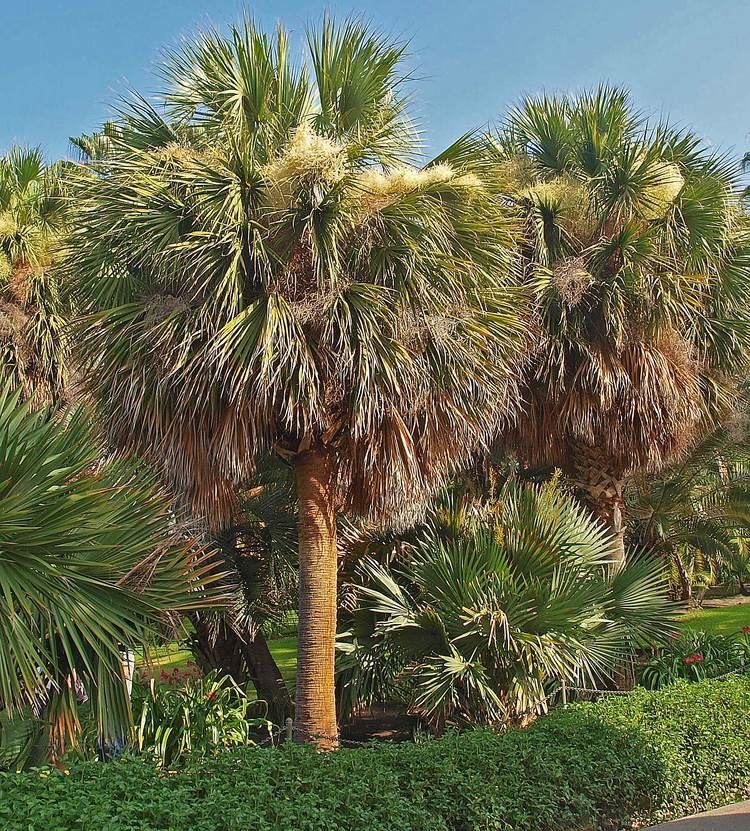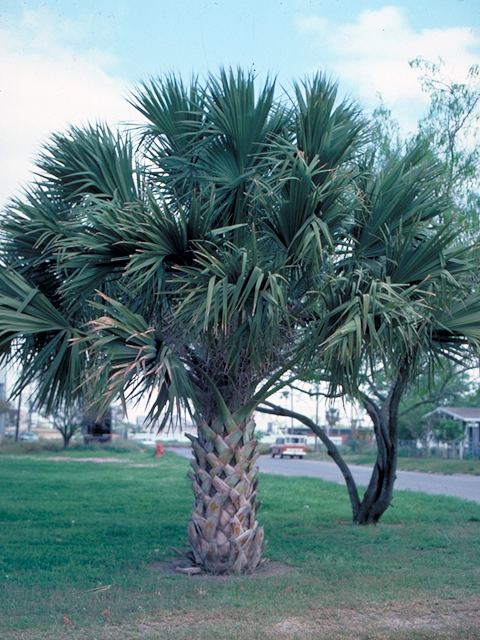Family Arecaceae | Genus Sabal Rank Species | |
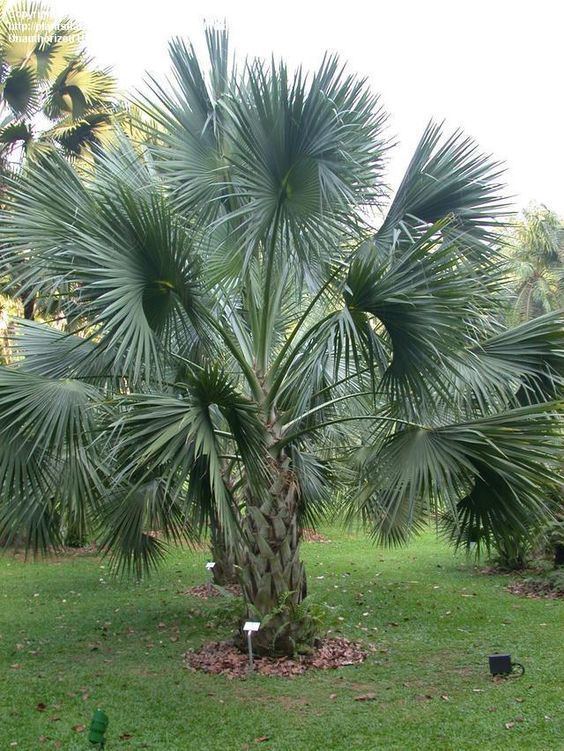 | ||
Similar Trachycarpus martianus, Sabal bermudana, Sabal uresana, Sabal minor, Sabal | ||
Sabal mexicana palm planting yr2013
Sabal mexicana is a species of palm tree that is native to North America. Common names include Rio Grande palmetto, Mexican palmetto, Texas palmetto, Texas sabal palm, palmmetto cabbage and palma de mícharos. The specific epithet, "mexicana", is Latin for "of Mexico."
Contents
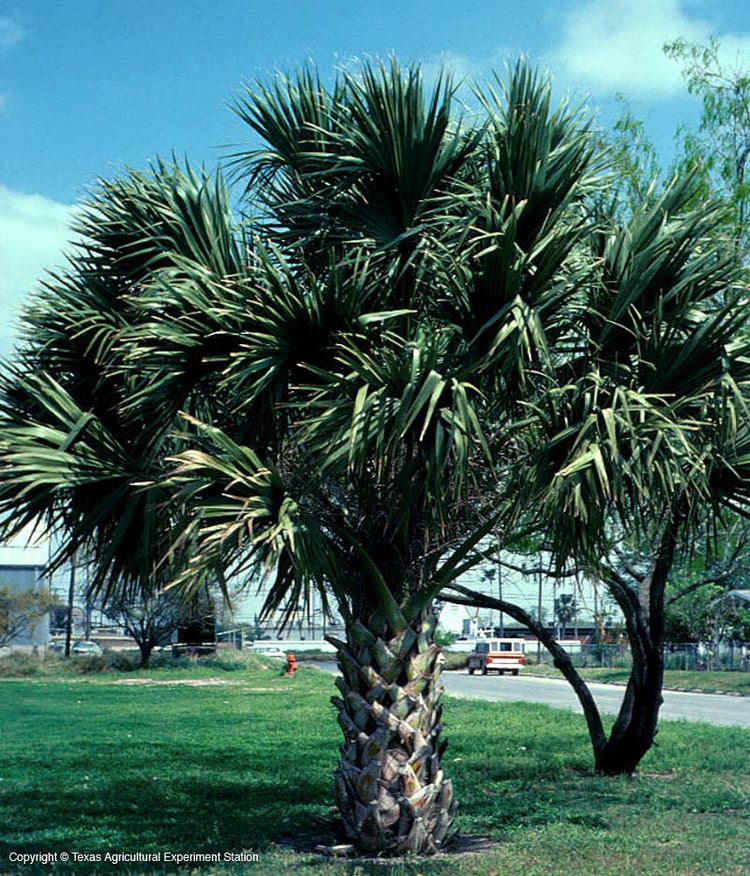
Sabal mexicana palm yr 2011
Description
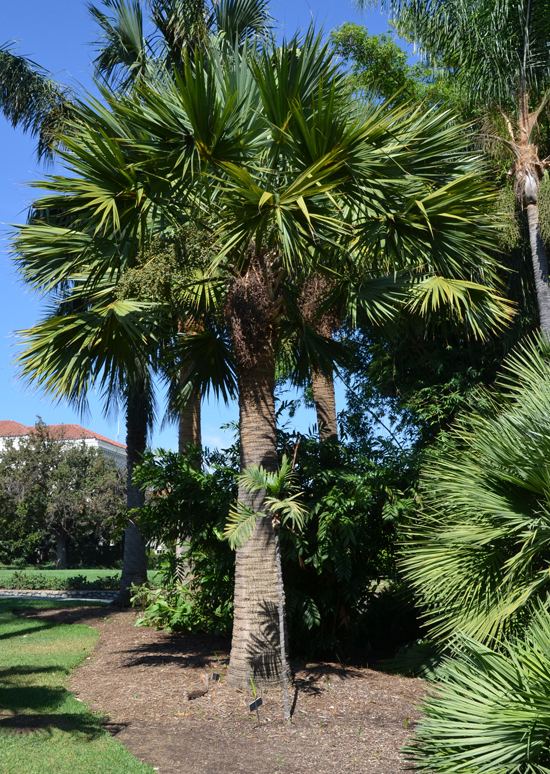
Mexican palmetto reaches a height of 12–18 m (39–59 ft), with a spread of 3–4 m (9.8–13.1 ft). The trunk reaches 12–15 m (39–49 ft) in length and 30 cm (12 in) in diameter. The fan-shaped fronds are 1.5–1.8 m (4.9–5.9 ft) wide and attach to 90–120 cm (35–47 in) spineless petioles. Spikes 1.2–1.8 m (3.9–5.9 ft) in length yield small bisexual flowers. The drupes are black when ripe and 12 mm (0.47 in) in diameter.
Range
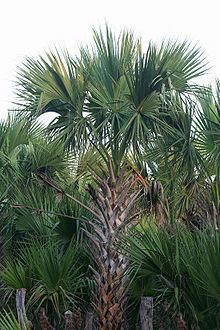
The current range of S. mexicana extends from South Texas on the Gulf Coast and Nayarit on the Pacific Coast, south along both seashores to Nicaragua. It is one of the most widespread and common palm trees in Mexico, where it is found in the drier lowlands. Some believe that the species may have ranged much further north along the Texas Gulf Coast and as far inland as San Antonio at one time. This is supported by observations recorded in the 17th to 19th centuries, the presence of a small, disjunct population 200 mi (320 km) north of the Lower Rio Grande Valley, and the ease with which cultivated trees have become naturalized in parts of Central Texas. This palm also known as Brazoria Palm has been genetically tested. They found that it is a product of long ago hybridization of Sabal palmetto and Sabal minor. It grows to an intermediate height, 10 metres or about 33 feet.
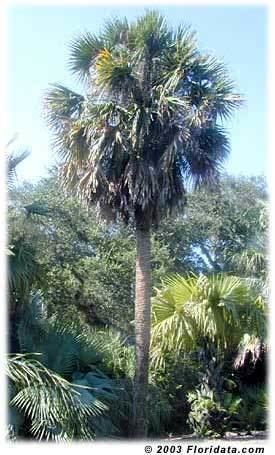
Because it is widely used as an ornamental in the southern half of Texas, and because it easily naturalizes itself there, it is difficult to distinguish naturally occurring specimens of S. mexicana from naturalized ones. However, three specific populations are noteworthy as having been generally accepted to be purely natural. The most prominent is found in the 557-acre Sabal Palm Sanctuary located outside of Brownsville, Texas, along the banks of the Rio Grande. The second is on a much smaller tract located along the banks of Garcitas Creek, near Vanderbilt, Texas. The final and most controversial is in an area of roughly 45 acres located in Brazoria County, Texas, just below Houston. This last population is suspected to have been hybridized with the more common Sabal minor. Some analyses dispute the inclusion of S. mexicana in the parentage of this population. Now it is believed by genetic analysis to be an ancient hybrid of S. minor and S. palmetto.
Uses
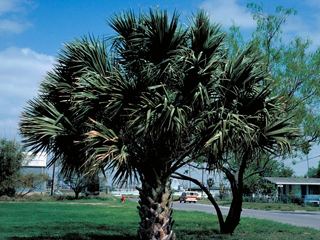
Mexican palmetto is grown as an ornamental for its robust, stately form, drought tolerance, and hardiness to USDA Zone 8. The wood is resistant to decomposition and shipworms, making it desirable for use in wharf pilings and fence posts. The leaves are used for thatching and making straw hats. The drupes and palm hearts are eaten.
